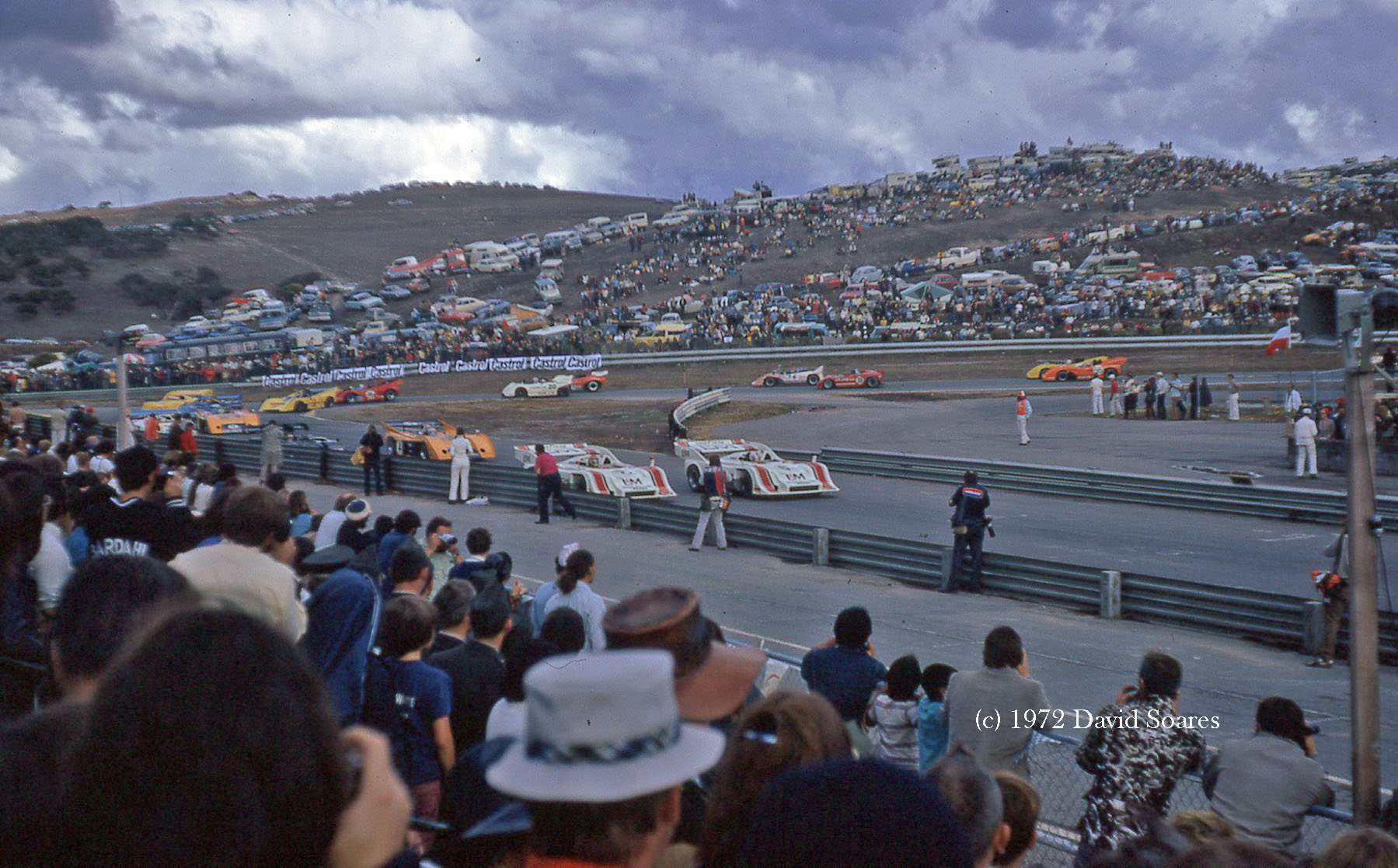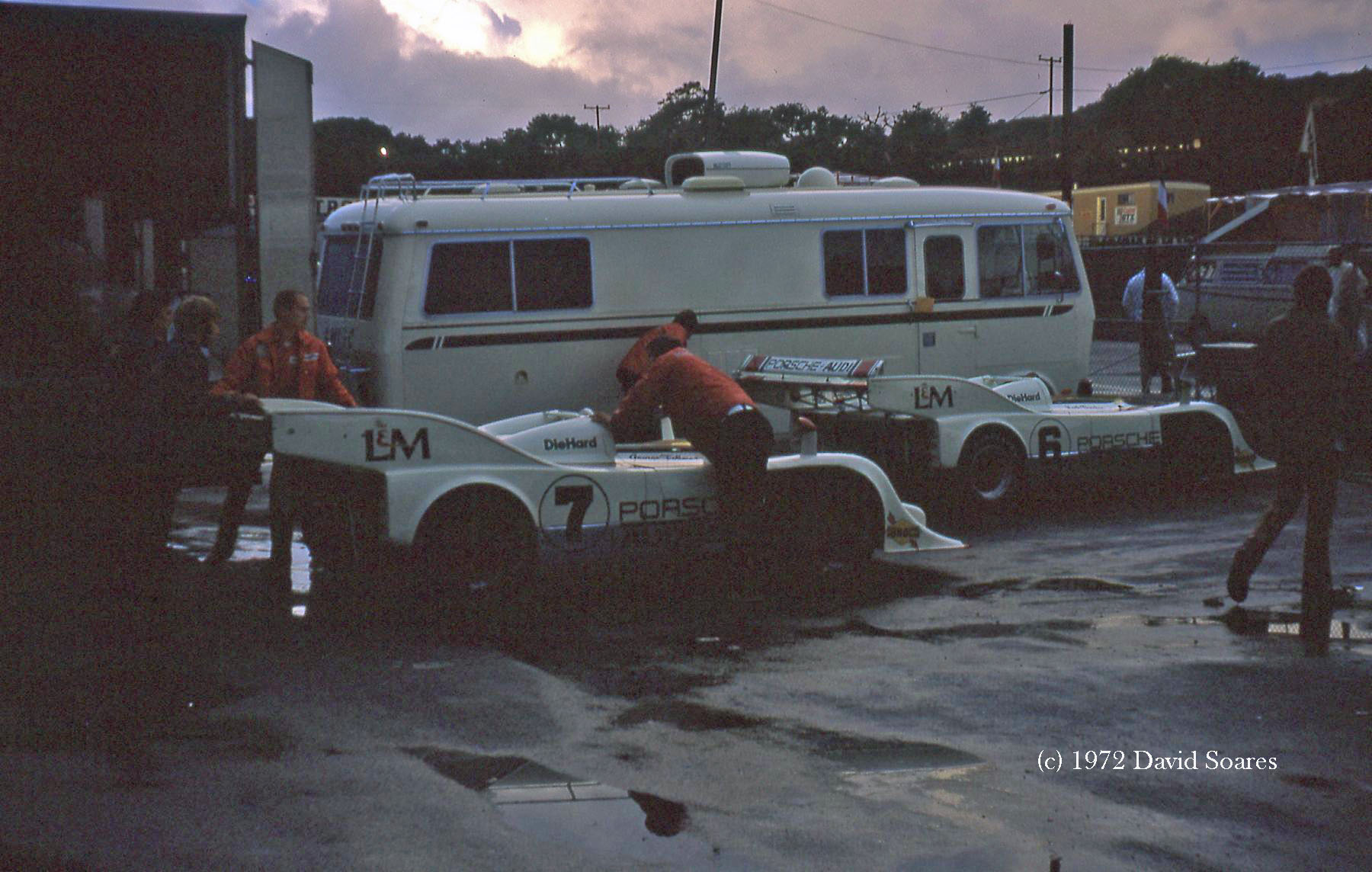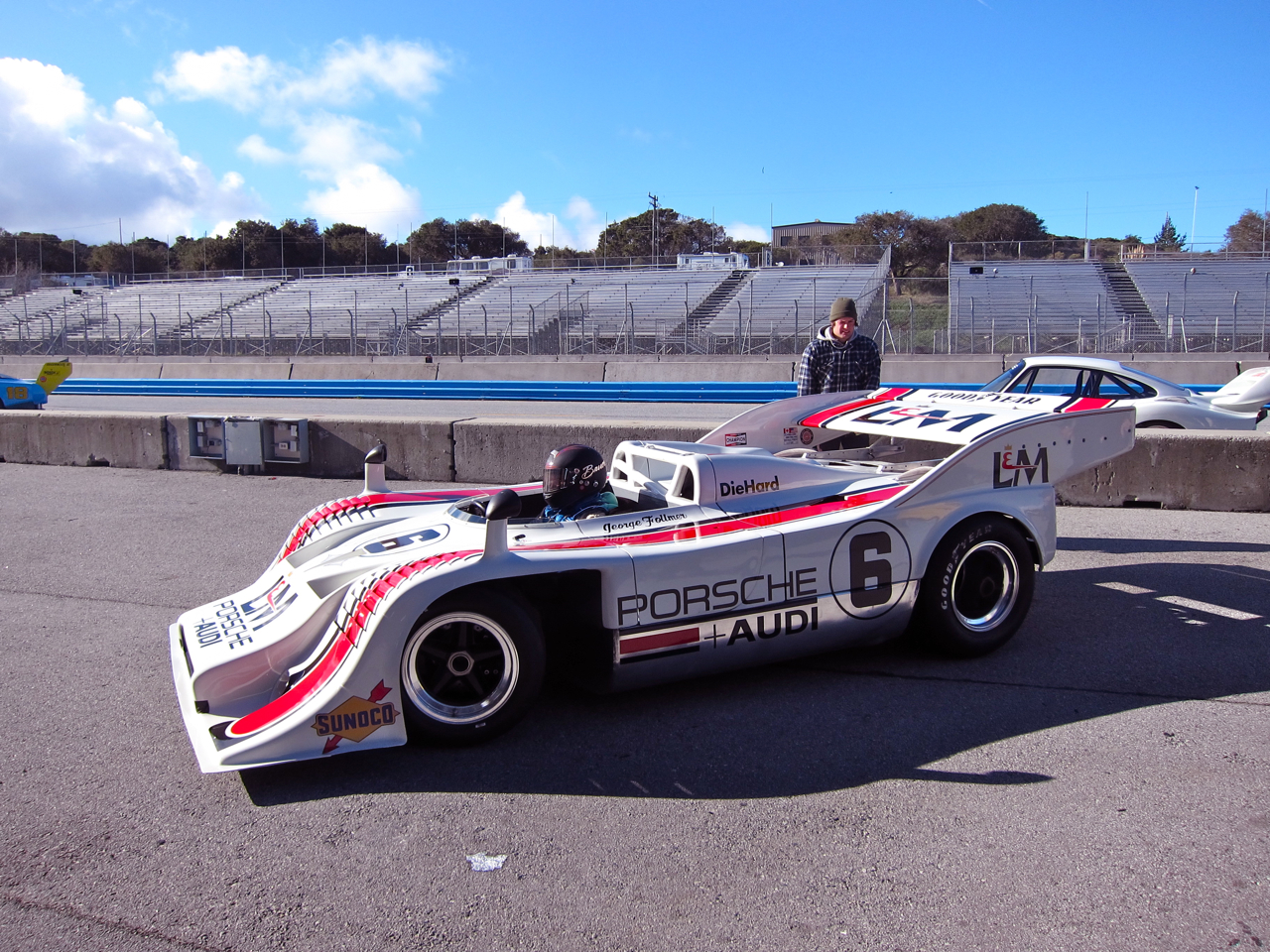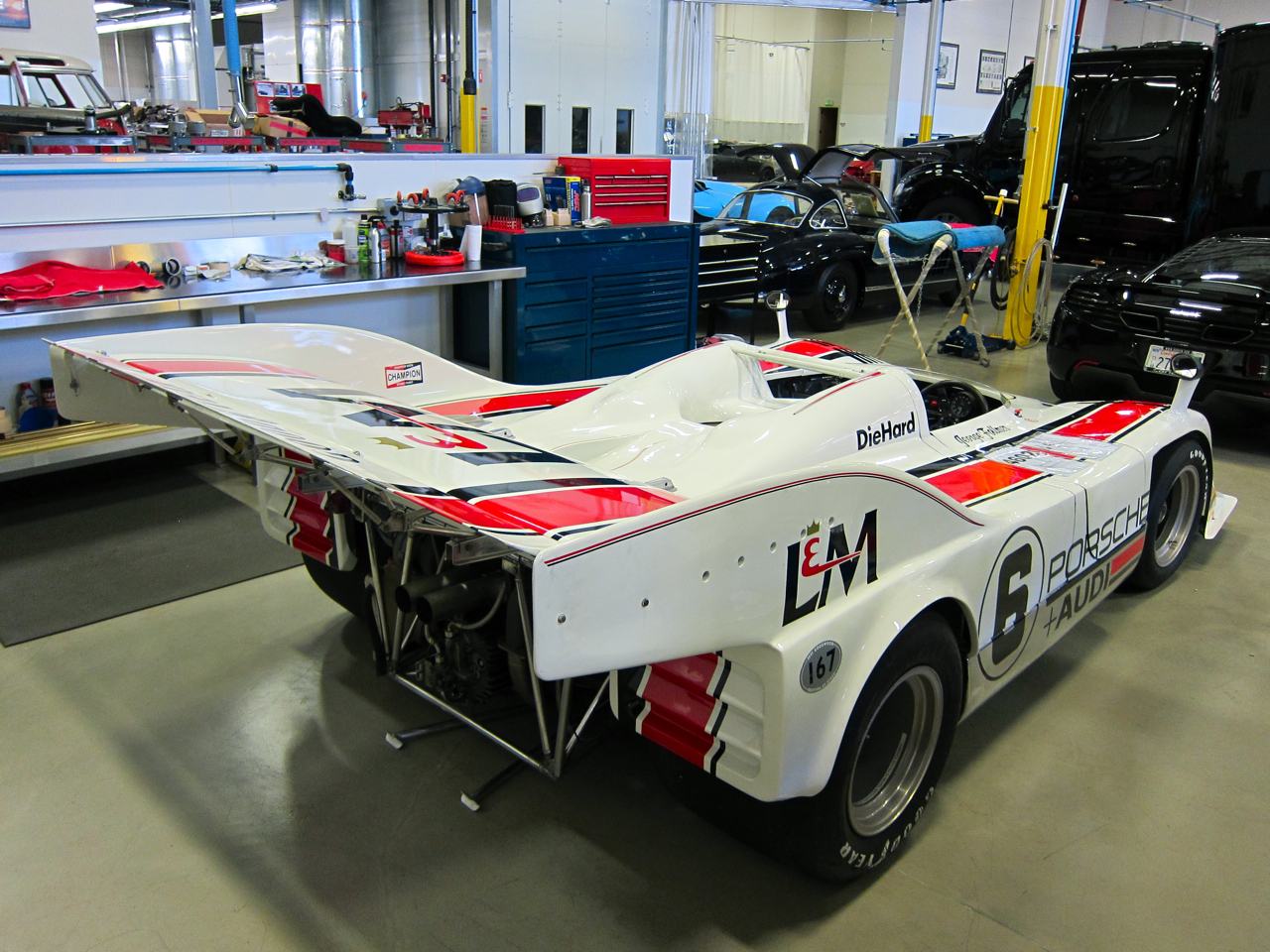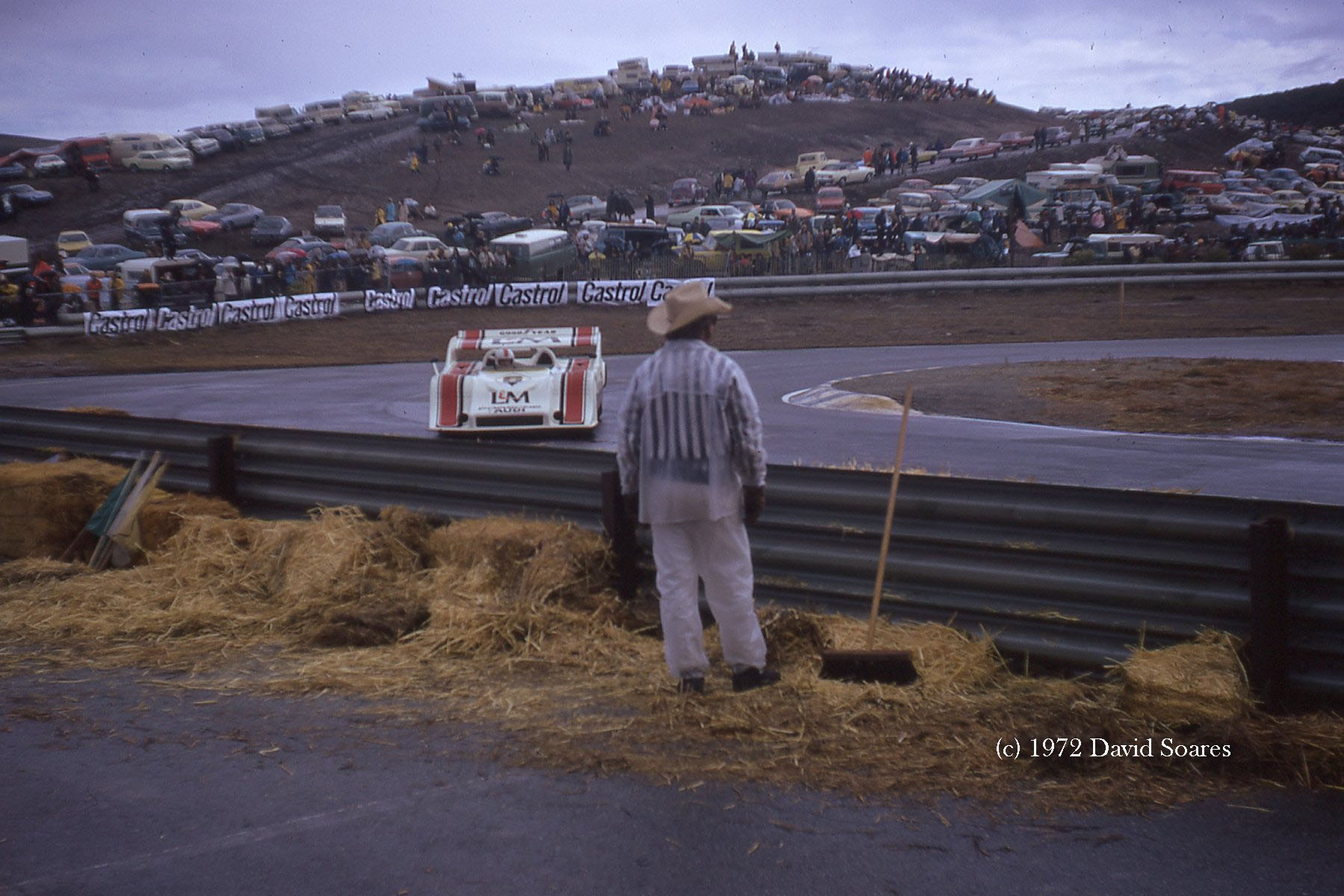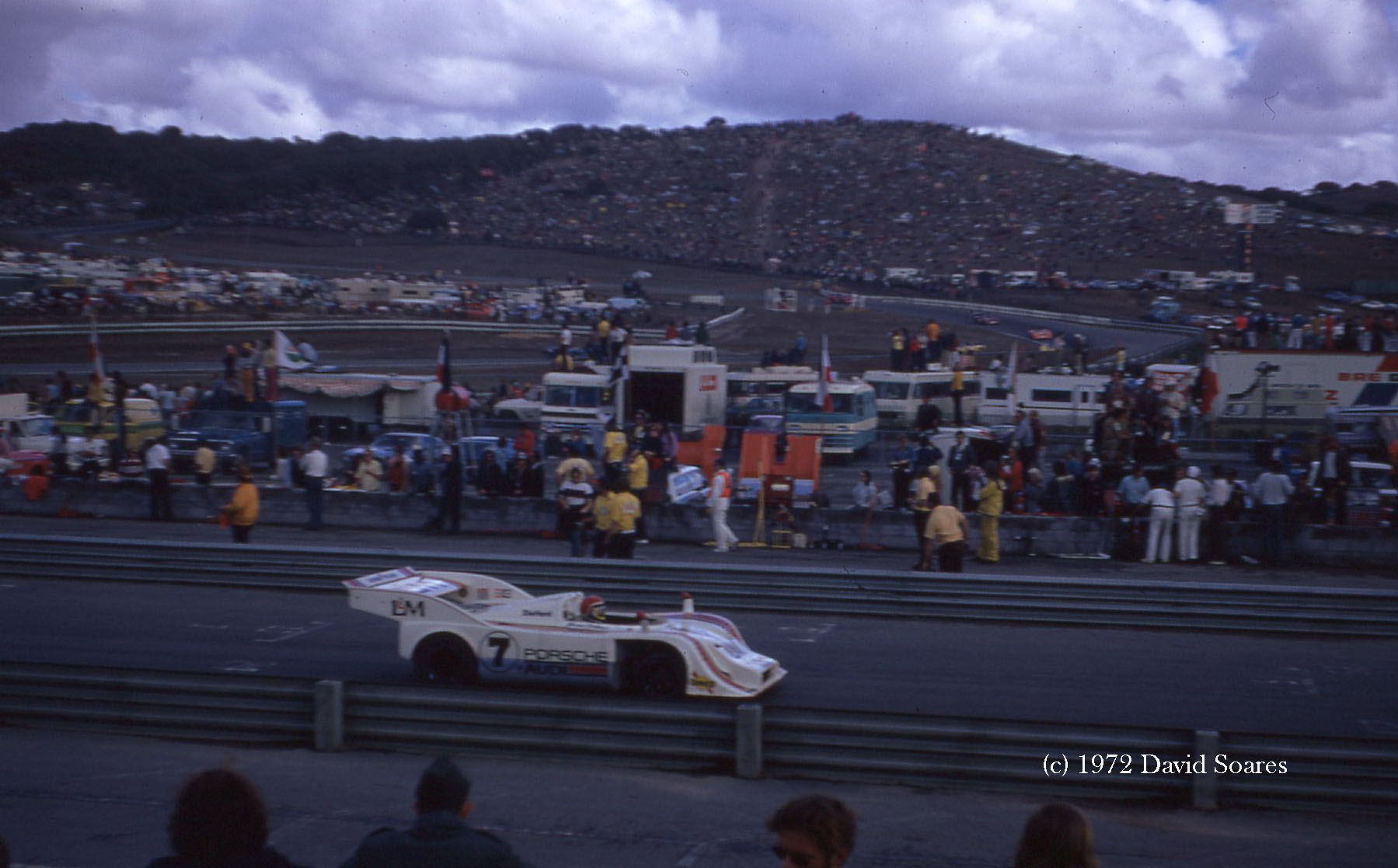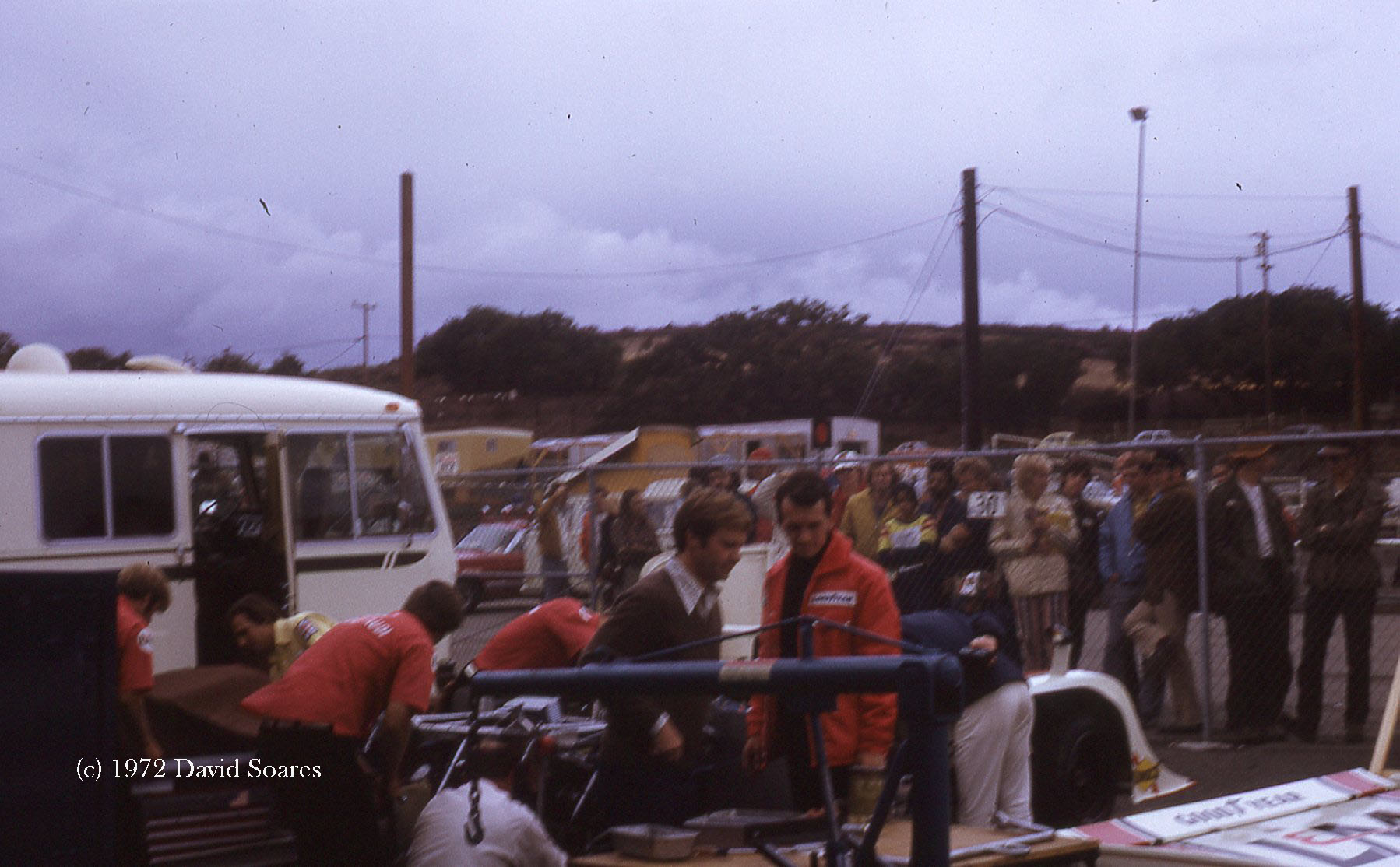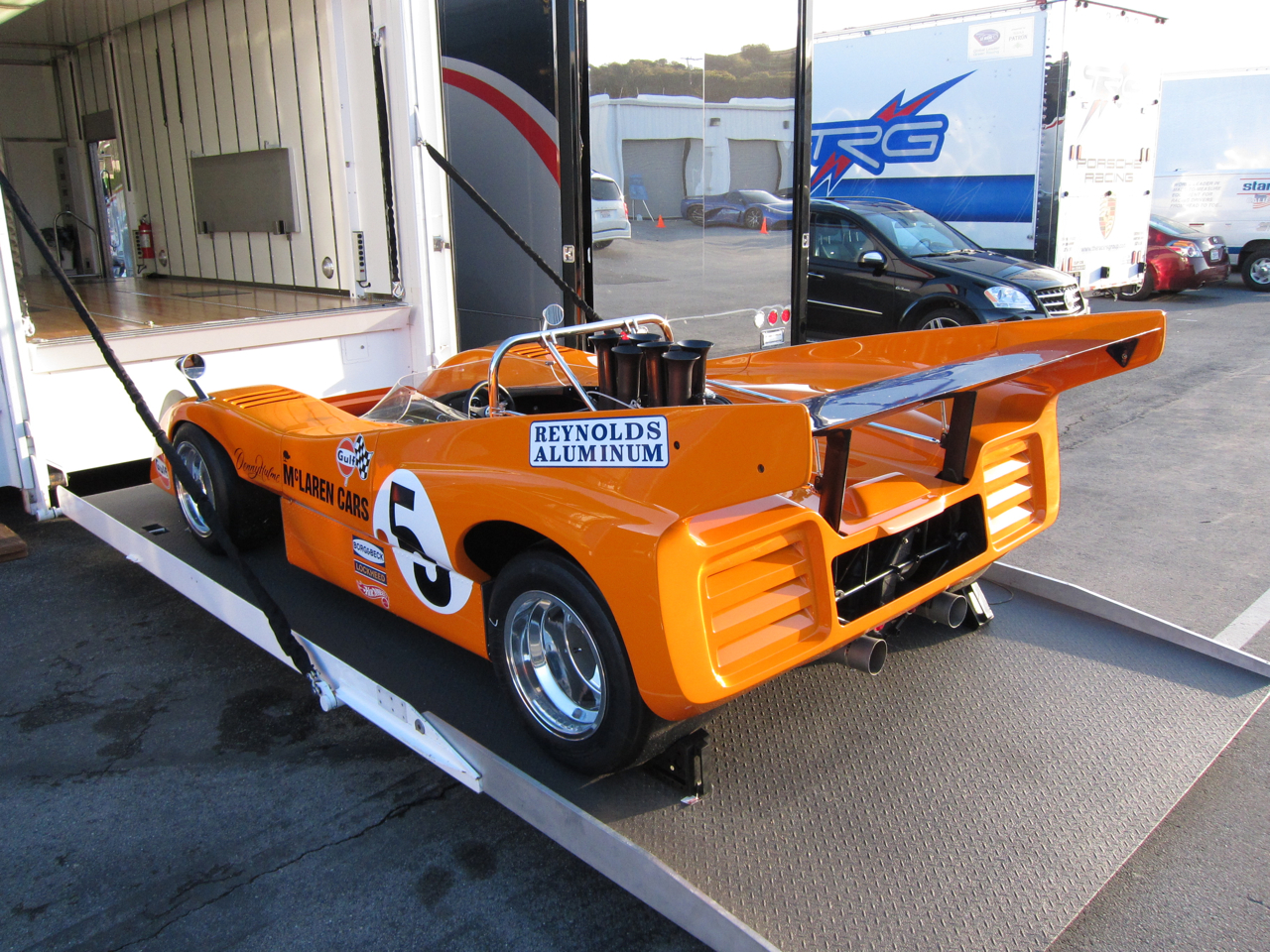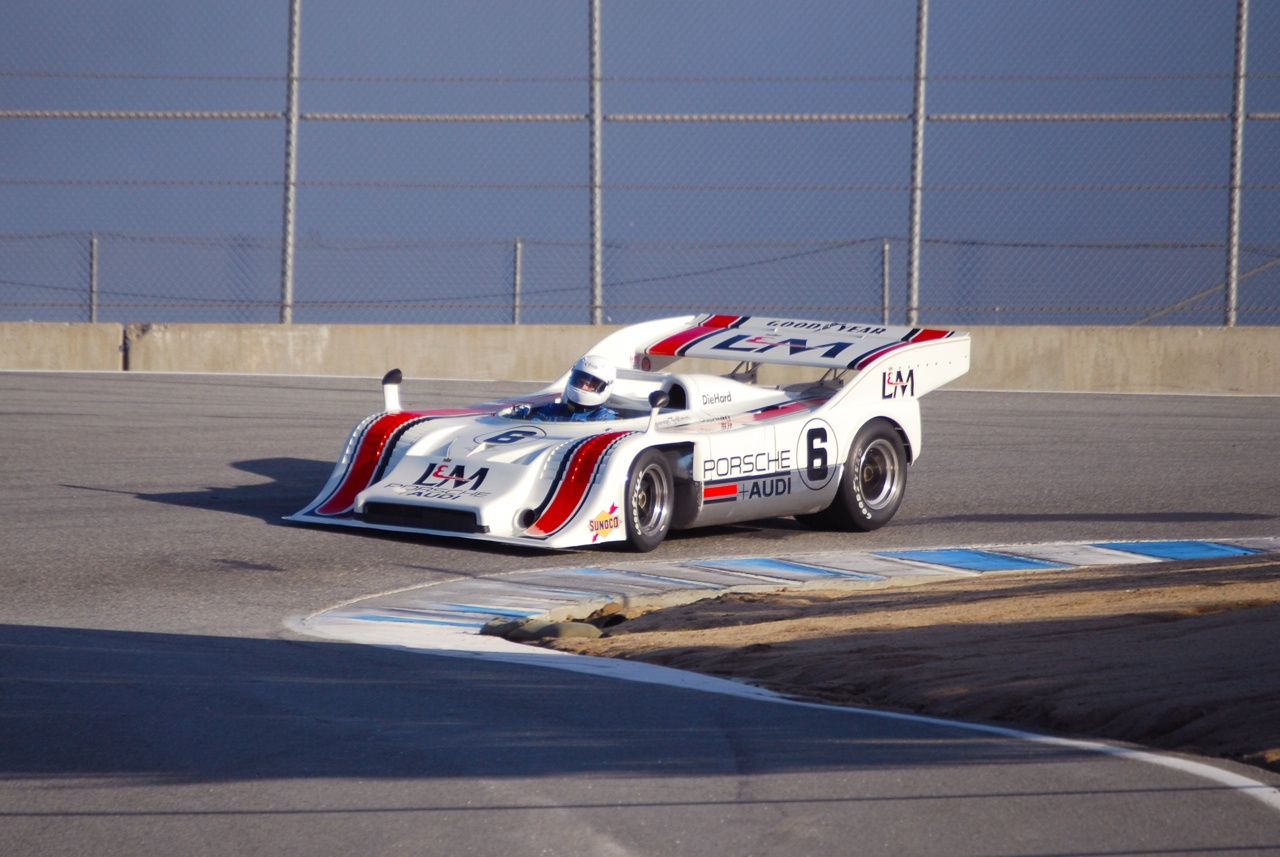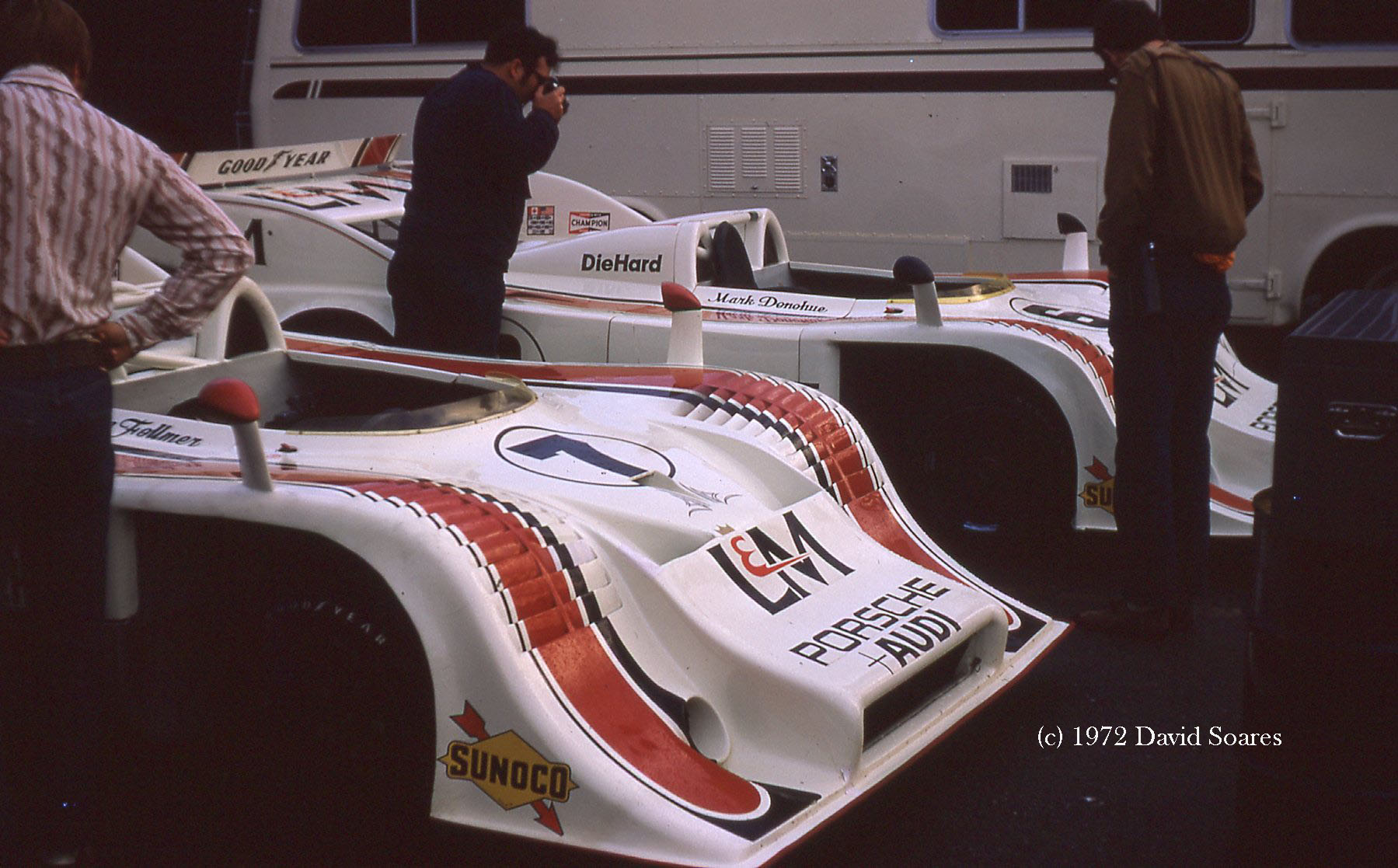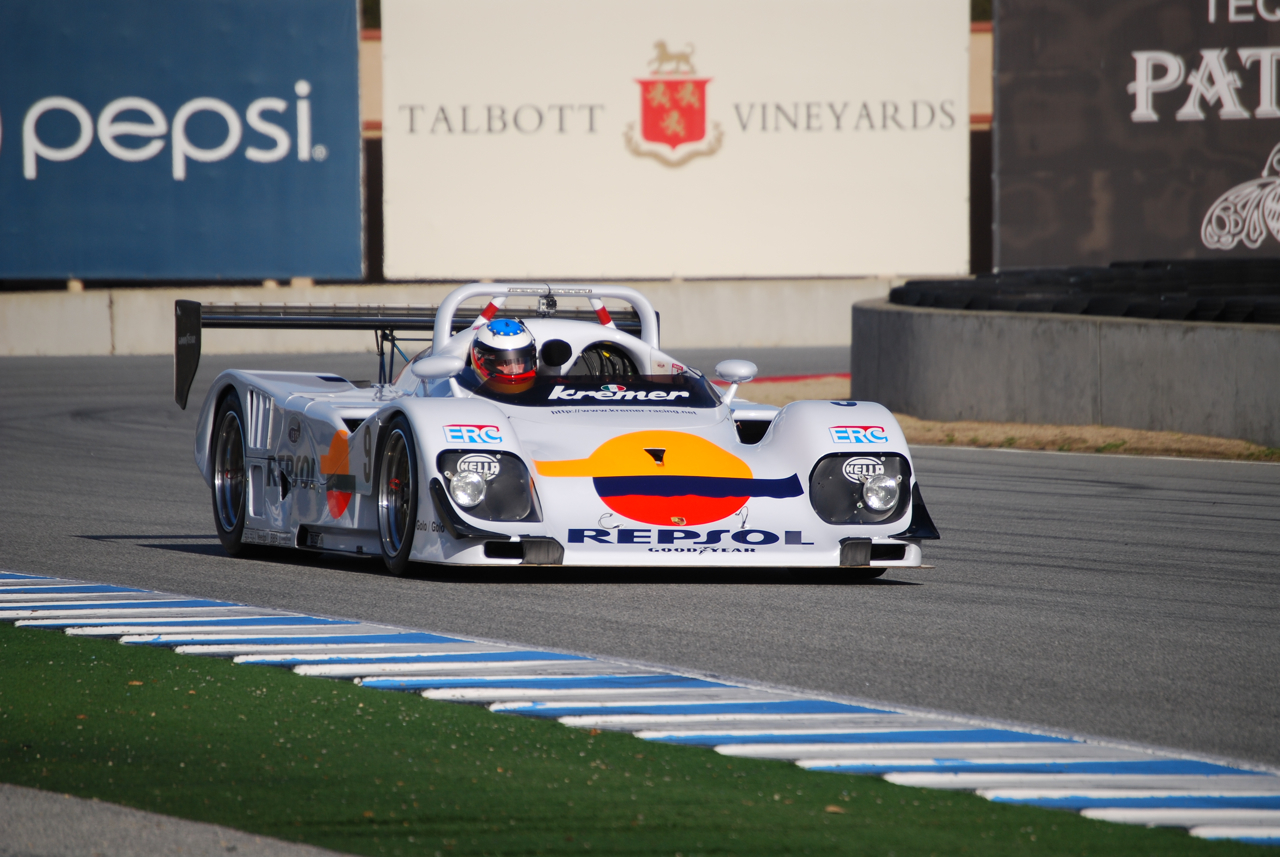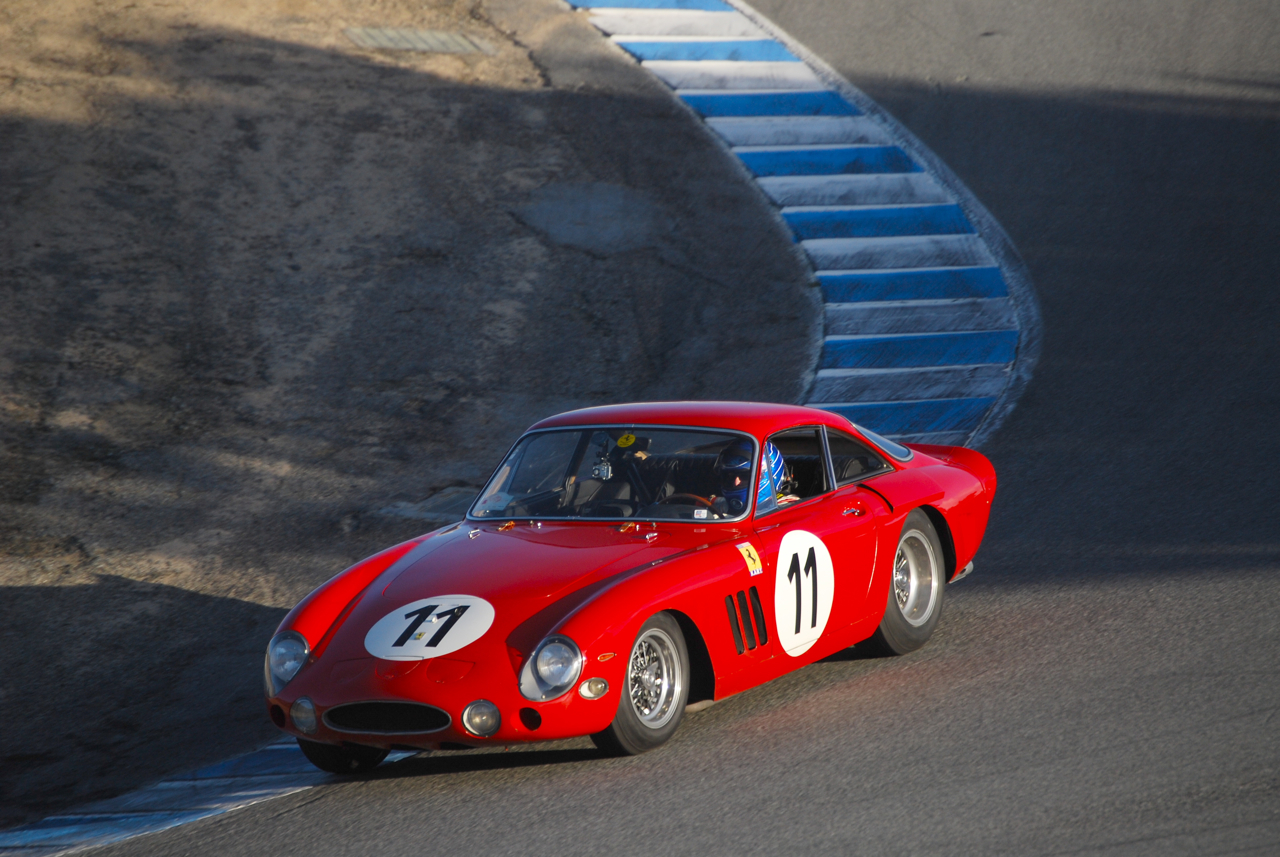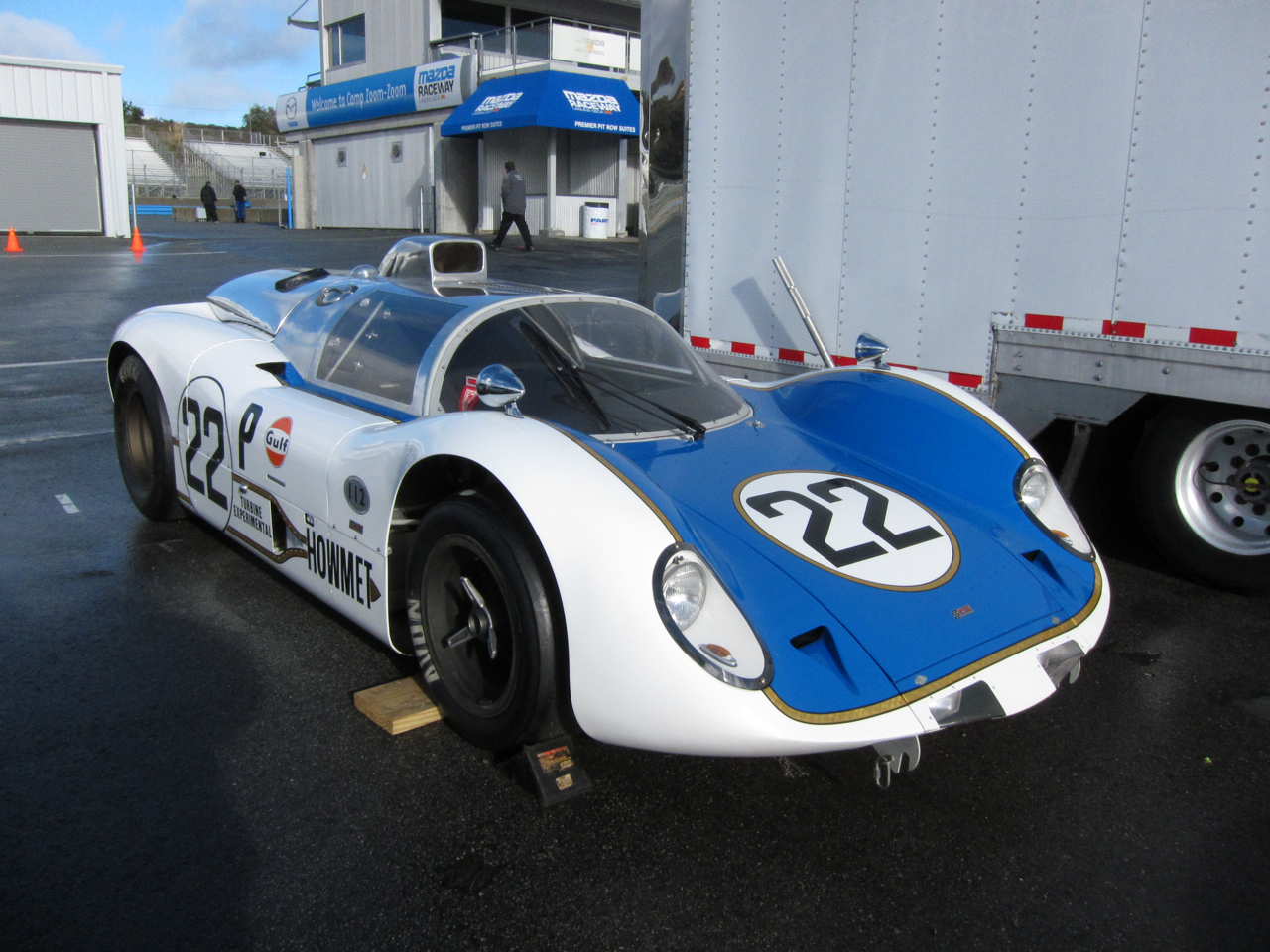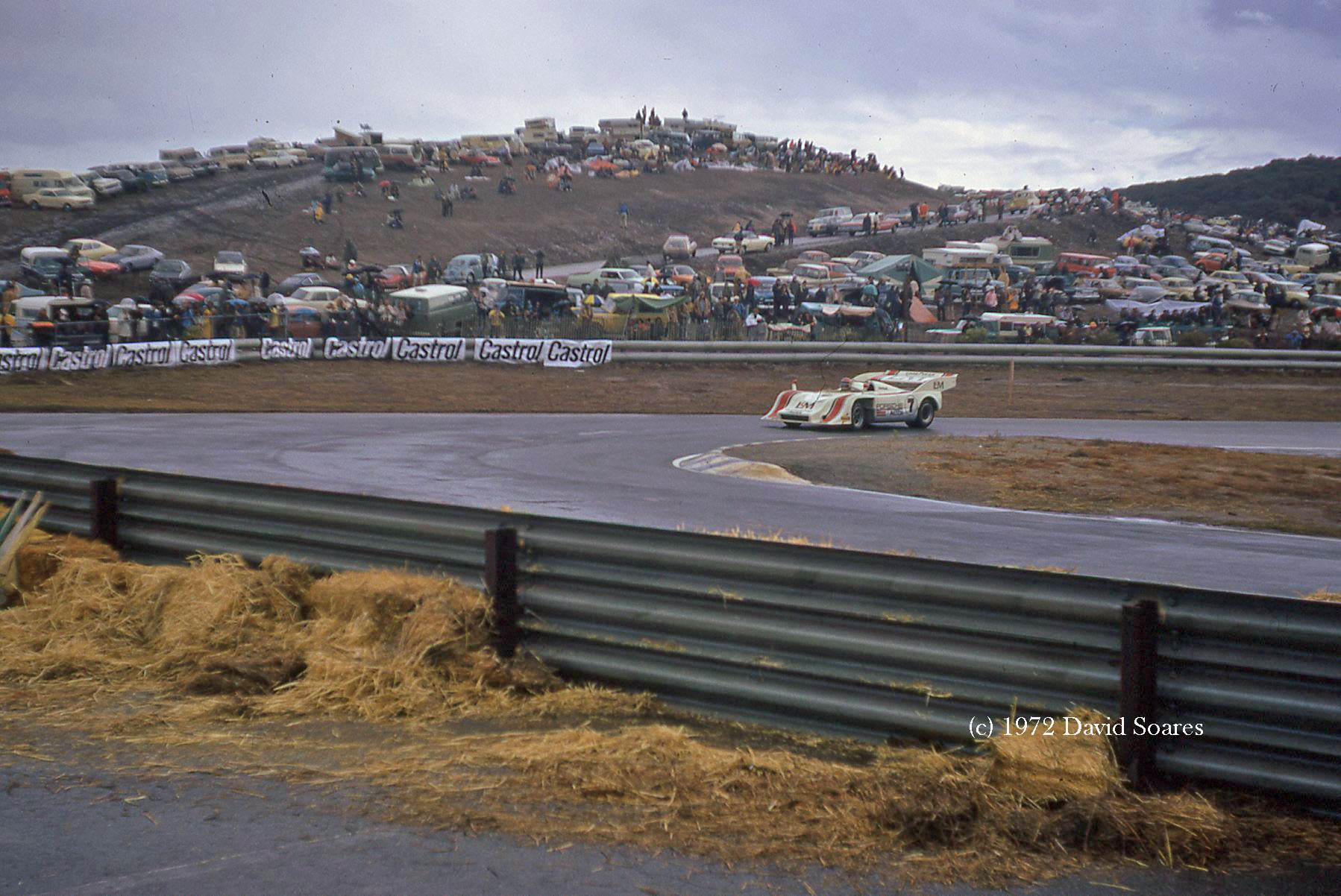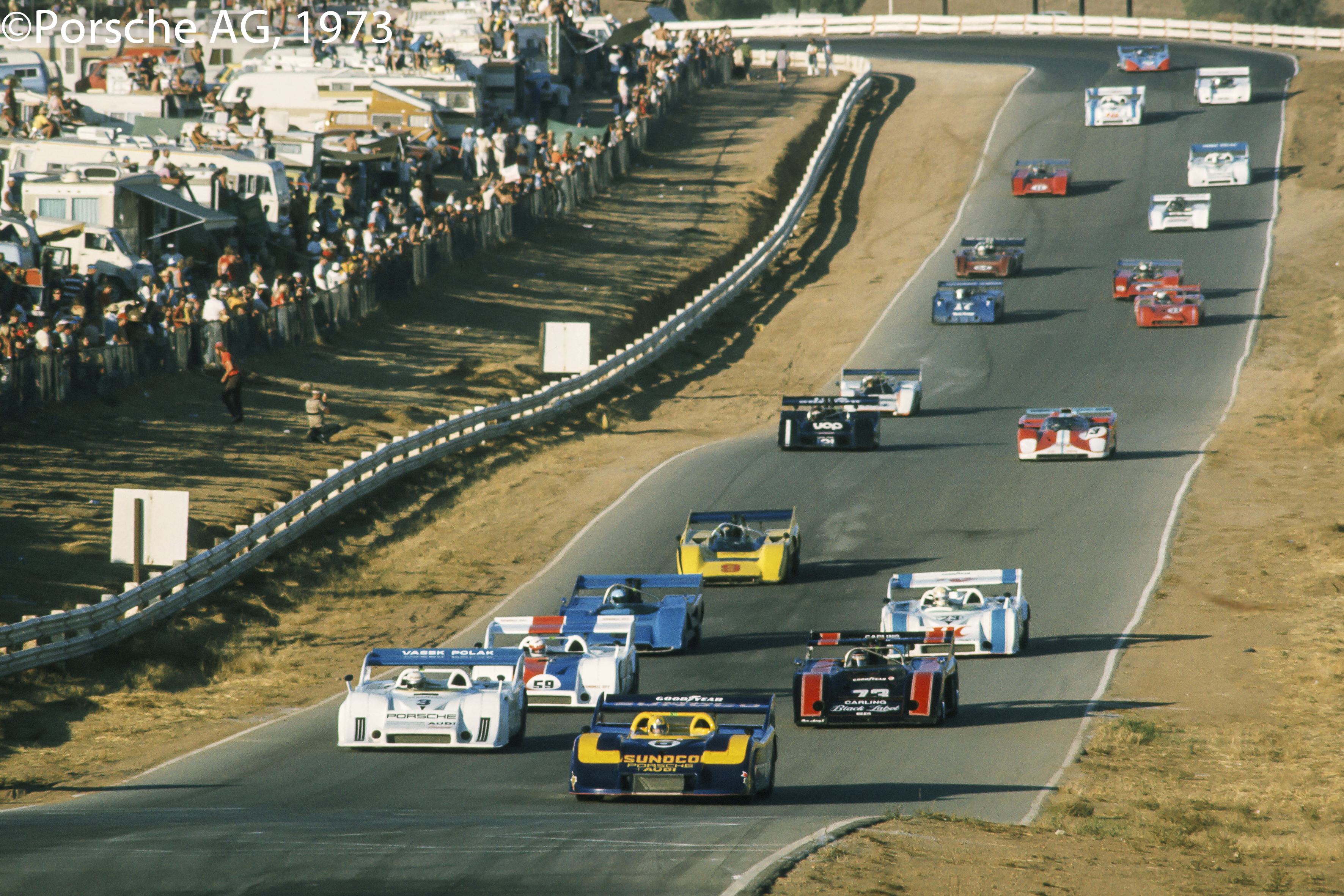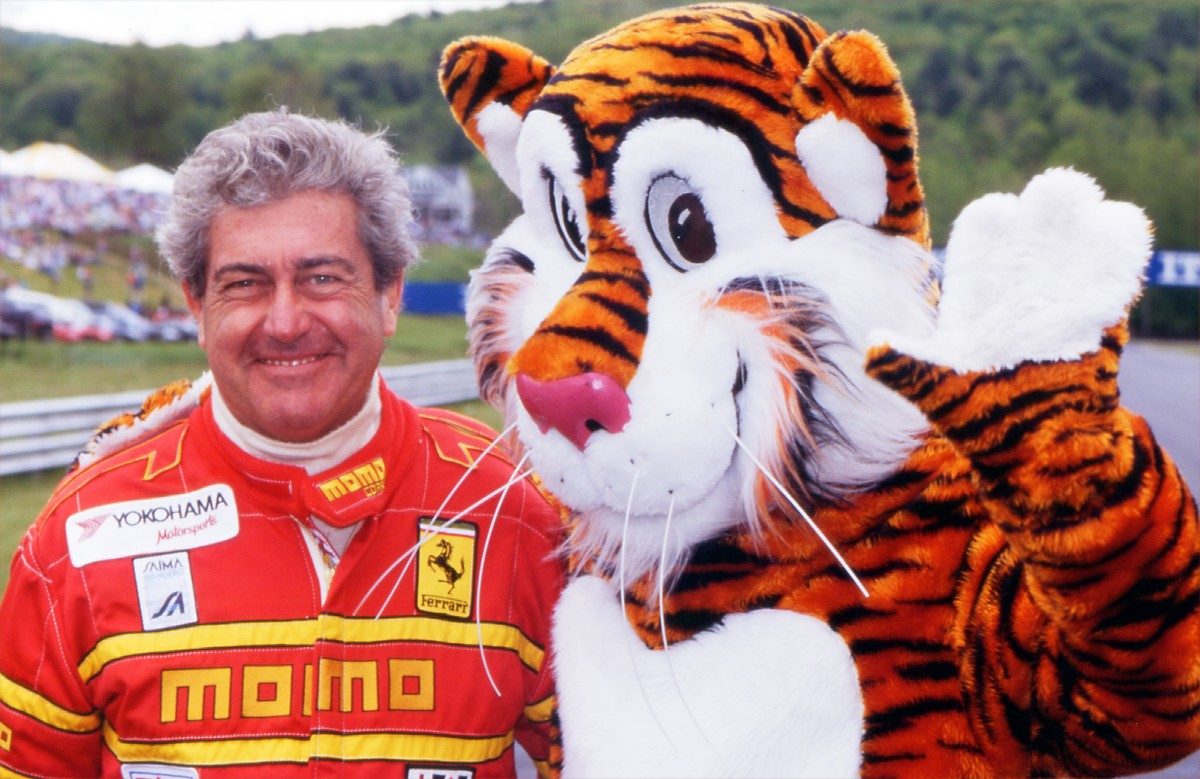
At DDC Towers we welcome another contributor, our old friend Andy Hartwell. Andy was one of the regulars on the ALMS beat at the turn of the century. Here he gives an overview of what drew him to this area of motor sport. Hopefully this will the first of many contributions from Long Island.
A Personal Journey Through A Golden Age
©Andrew S. Hartwell
It was 1995 and Major League Baseball (USA) decided to cancel the World Series over player/owner disputes. For this lifelong fan, that action was enough to turn me off to the game we had so often played for hours in the streets where I grew up. It was time to look to other interests and, as luck would have it, a man from Italy would persuade a famous car maker that the time had come to return to the world of sports car racing. The man was Gianpiero Moretti and the car he championed Ferrari to build was the 333 SP.
Growing up, when I wasn’t playing ball – pretending to be any one of a number of my favorite New York Yankee players every time I stepped up to bat – the other thing that I was most interested in was sports car racing. I loved seeing the Jim Hall Chaparrals, the Lola T-70s, the McLaren Can-Am cars and all the modern open top racers featured in the racing magazines of the time. There was Road & Track, Sports Car Graphic, Car and Driver, Autoweek/Competition Press, and later, On Track and Auto Racing Digest. Money I earned from delivering papers, along with meager parental allowance monies, would often go towards buying the latest issues. (Along with a box of chocolates or two.) I couldn’t wait to see who was racing what and where. I was in awe of these champions of courage, and in love with the idea of going fast around corners in both directions, not just in a straight line or to the left over and over.
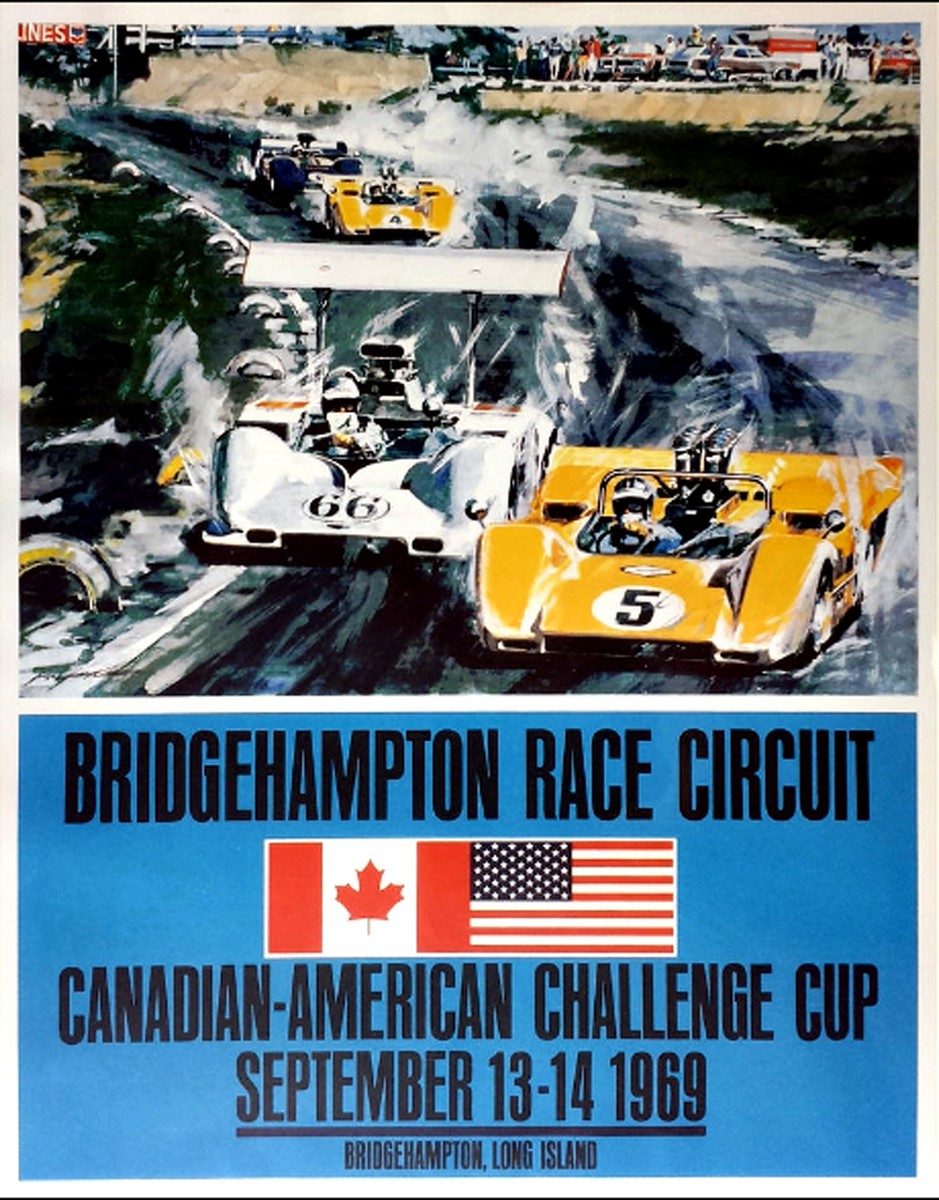
When I finally was old enough to have a car
of my own, Dad found a 1957 Chevy for me and I would tear that baby up and down
twisty and narrow River Road thinking, as I had when playing baseball, that I
was really Stirling Moss or Jim Hall or Mark Donohue and corners were to be
cut, not driven around. I sometimes wished the Chevy was a Triumph or an MG but
hey, I was driving and enjoying myself regardless.
In the mid-1960s, Dad and my Brother Steve and I went to a few races at our
home track, Bridgehampton. We saw the USRRC, Trans-Am and Can-Am races at that
under-developed, bare bones circuit, but the venues condition didn’t
matter. We were seeing my heroes in the
flesh and not too far from home to boot.
This was the real thing, not a static image on a page. It was a time when I came to feel I needed to
have a future in this sport. Not as a
driver or mechanic, but as a journalist or photographer. I wanted to see, hear
and feel more about what went on within this magical world.
The idea was further cemented in my mind when, at the 1968 Bridgehampton Can-Am race, I cheered on my favorite, Jim Hall when he took the lead from Bruce and Denny in their identical McLaren MK8As. When the race ended, and the last car crossed the finish line, this 17 year old fan leaped over the fence, ran across the track, and stood in the pits as Hall pulled up right next to me! I reached in and was the first to shake his hand to congratulate him on his second place finish! He wore an open face helmet and I can still see the blood and marks on his face from all the sand that had been thrown up during the race. Shaking his hand was a seminal moment for me. I knew then I had to have a place in this exciting world!
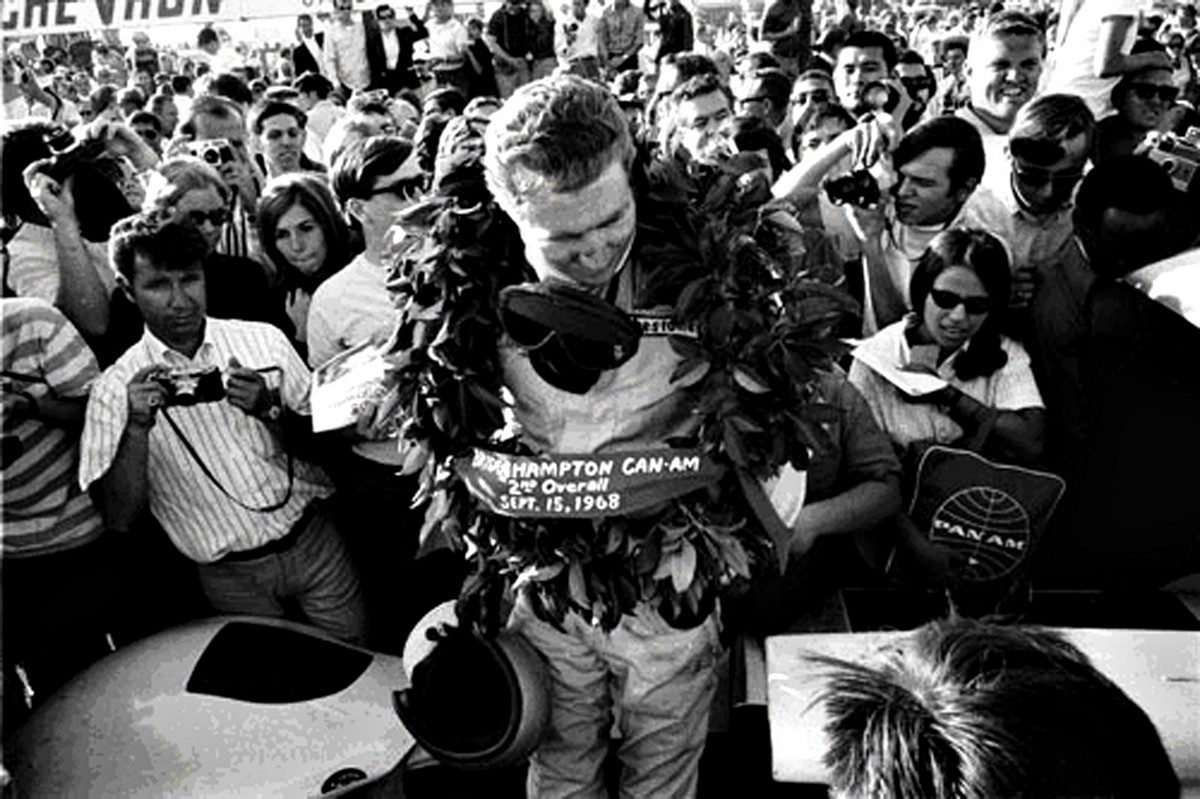
(Note: 40 years after that race I found a photo someone took of Jim at that moment. In the photo, I am the kid in the white T-Shirt and sunglasses on Jim’s right! The photo also captured my Dad, in the crowd over Jim’s left shoulder. And the elbow you see sticking out behind Jim’s left arm belongs to my brother, Steve! What are the chances of every finding a photo of that magic moment?)
Well, sometimes what you feel you want is the very thing you have to wait the longest to receive. While working a full time job in retailing, I gave journalism a shot, writing short pieces for a Long Island weekly newspaper. I covered a few local club rallies, wrote about the world of racing at Bridgehampton, and submitted a piece or two on Lime Rock and Watkins Glen events. This early involvement came to a sudden halt when the paper’s interests waned in affording print space to a sport that was never really in the mainstream of public awareness. My journalistic desires were put on hold. I then fell back on my other first love, baseball. I was a Yankee fan again. Moreover, I was reborn as a fan of the game. Well, that is, until 1995.
Besides baseball, which you could watch on TV for free – an amount equal to my ability to pay, the years of the mid 1970s through to 1995 were devoted to family, career and economic concerns that put the idea of a journalism or photography career on the back burner. In fact, I tuned out of the whole racing scene for close to 20 years or so. When others talk of the GTP era, or the Ayrton Senna years, I feel no emotional attachment. I simply didn’t follow the sport back then.
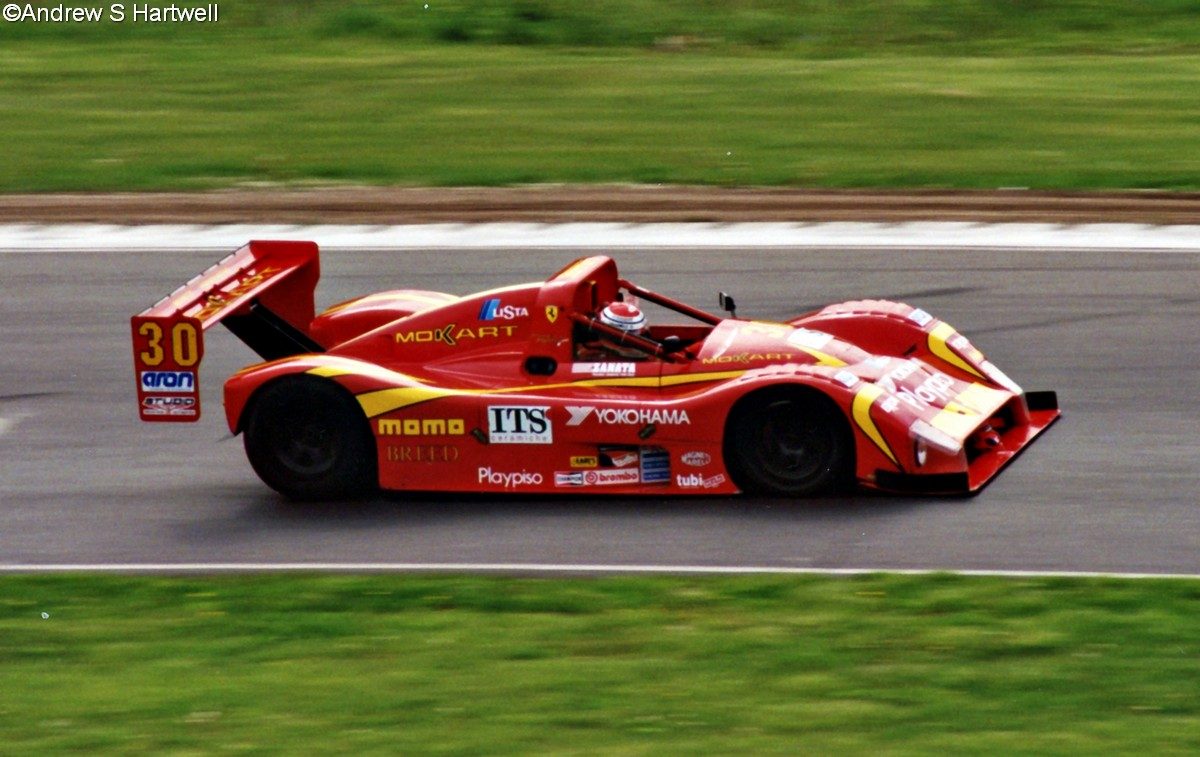
As the years passed, and our economic status improved, and baseball went stupid and shut down when it should have been celebrating a pair of champions, I decided to pick up a car magazine again. In the pages of Road & Track I saw a picture of the new Ferrari 333 SP. I immediately had a flashback to the glory days of the Can-Am series and the beautiful prototypes built by Bruce McLaren and Lola and Chaparral. The spark was reignited.
I worked out getting credentials to Lime Rock and later other circuits, so I could be on the scene shooting photos and writing about this new era in racing. Those early stories in the local paper helped pave the way for me.
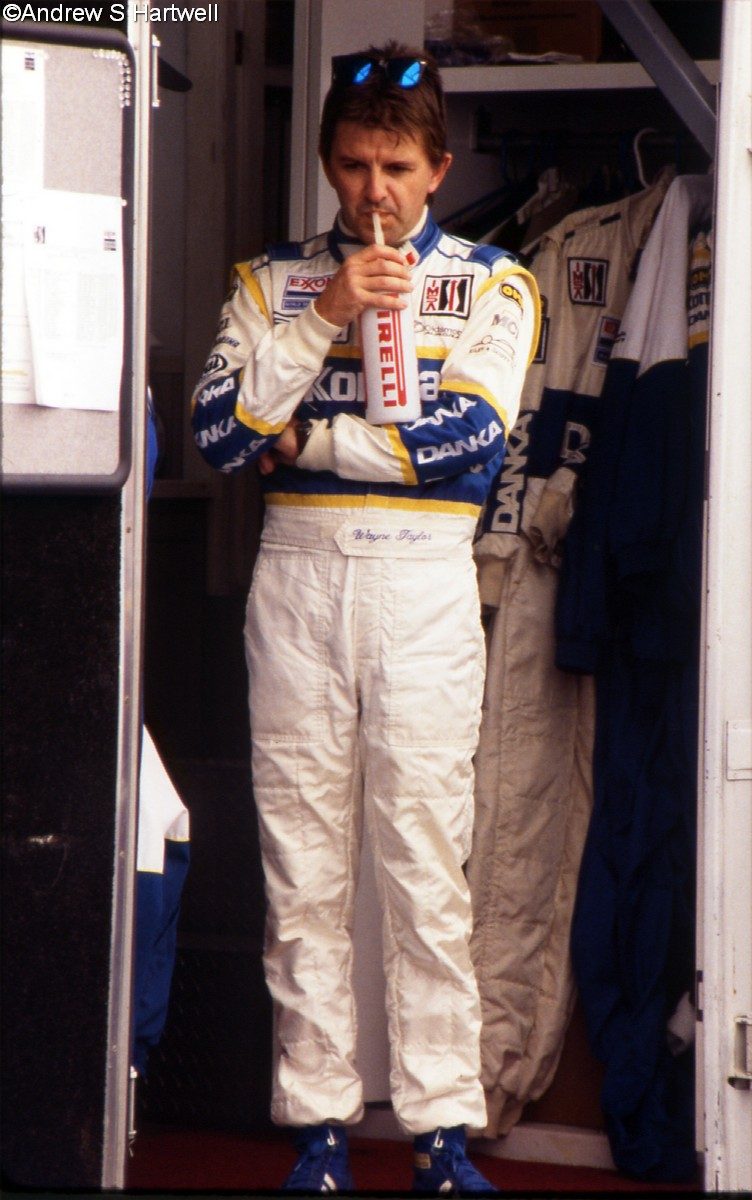
In 1996, I had the opportunity to interview
Wayne Taylor. This was the year he would go on to win both the Rolex 24 Hours
of Daytona and the 12 Hours of Sebring, in his Riley & Scott MKIII with
Oldsmobile power. That blue and white
and yellow paint scheme was often what the fans saw come across their line of
sight first, provided a certain red Ferrari hadn’t stolen the lead.
That interview with Wayne – which he told me at the conclusion was, I quote,
“The best interview I’ve ever had”- would lead to his setting me up with
credentials to the inaugural Petit Le Mans (1998).
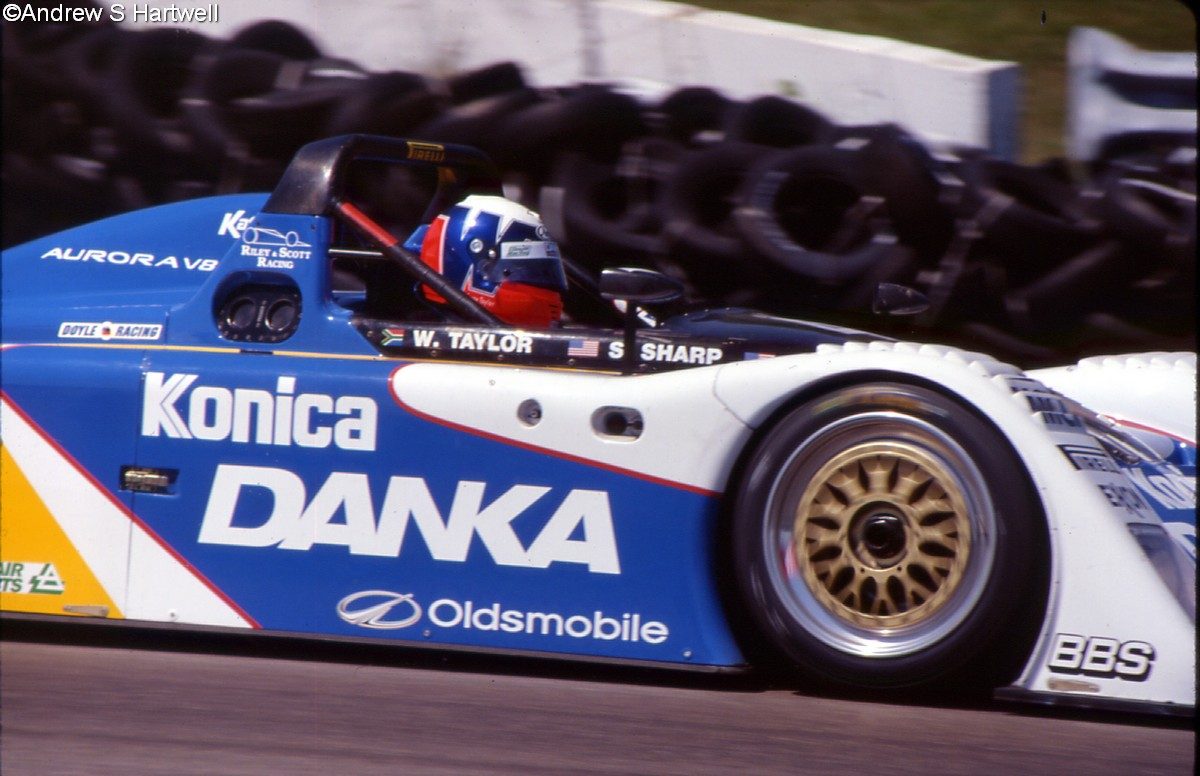
When the internet became a thing, I found a website called Sportscarworld and reached out to its creator, Malcolm Cracknell, to see if he could use a little help with the content side of the business. My first submission to Malcolm at Sportscarworld.com was a picture of the Porsche GT1-98 that would later go airborne, ending the race on a flatbed tow. We connected well and Malcolm became a friend. I would go on to contribute for years to that first site and the many iterations that would follow. This was at a time when most folks only had slow dial up internet service so the pictures were small and I was ‘advised’ to abandon my thoughts of submitting short videos for posting. (I think what Malcom said was ‘NO MORE $#%^ VIDEOS!)
I would also go on to become a contributor to TheRaceSite.com and many of my ‘Through The Esses’ columns appeared there, and are still accessible today. A short stint writing for AllRaceMagazine (defunct) happened as well but I’d rather not talk about that experience, thank you.
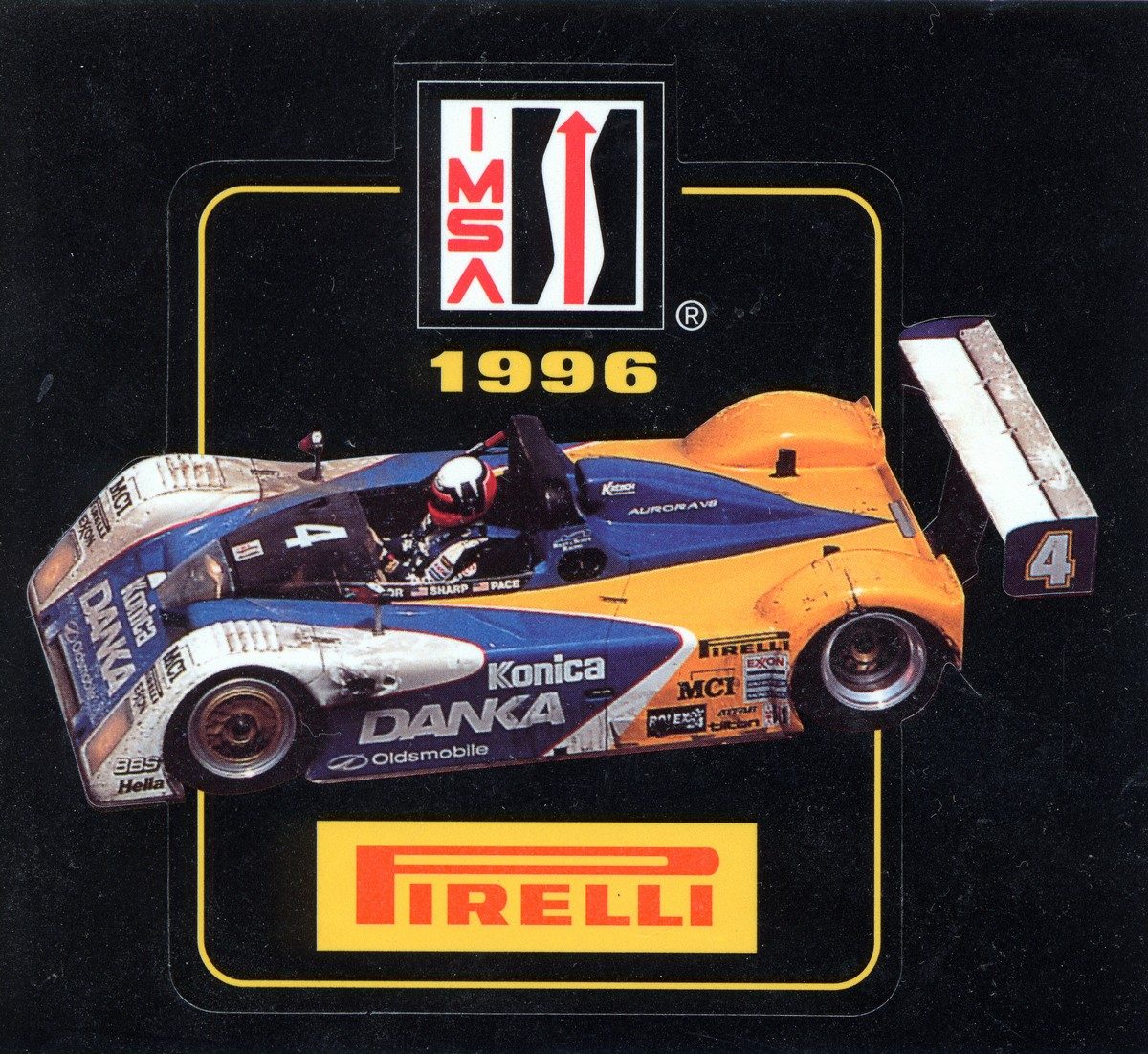
For the next 20 +/- years I would go on to cover the Petit again for several more years, along with days spent covering racing at Sebring, Lime Rock, Mid-Ohio, Mosport, Watkins Glen and VIR. Never made it to Road America but I just might someday. Along the way I met a lot of wonderful professionals who covered the races as photographers, journalists or public relations specialists. I’m sure I am leaving some great names off this list, and for that I apologize in advance, but some of the names were Barbara Burns, Craig van Eaton, Sylvia Proudfoot, Regis Lefebure, John Brooks, Janos Wimpffen, Lyndon Fox, Gary Horrocks, Brian Mitchell, Richard Prince, Rick Dole, Chris and Rob Dyson and many more. Each of them having played significant roles in the sport and in my development from novice to (nearly) professional status.
During my time of active involvement, I was able to talk with and write about many great people in the sport. I am pleased to say my time – albeit as a part time journalist/photographer – found me watching the emergence of some incredibly talented drivers and teams. People like Andy Lally, Spencer Pumpelly, Mike Borkowski, Guy Cosmo, Mark Wilkins, Jeff Segal and more were just making a name for themselves and I was there to talk with them early in their careers and write about their desires and ambitions to succeed in the sport.
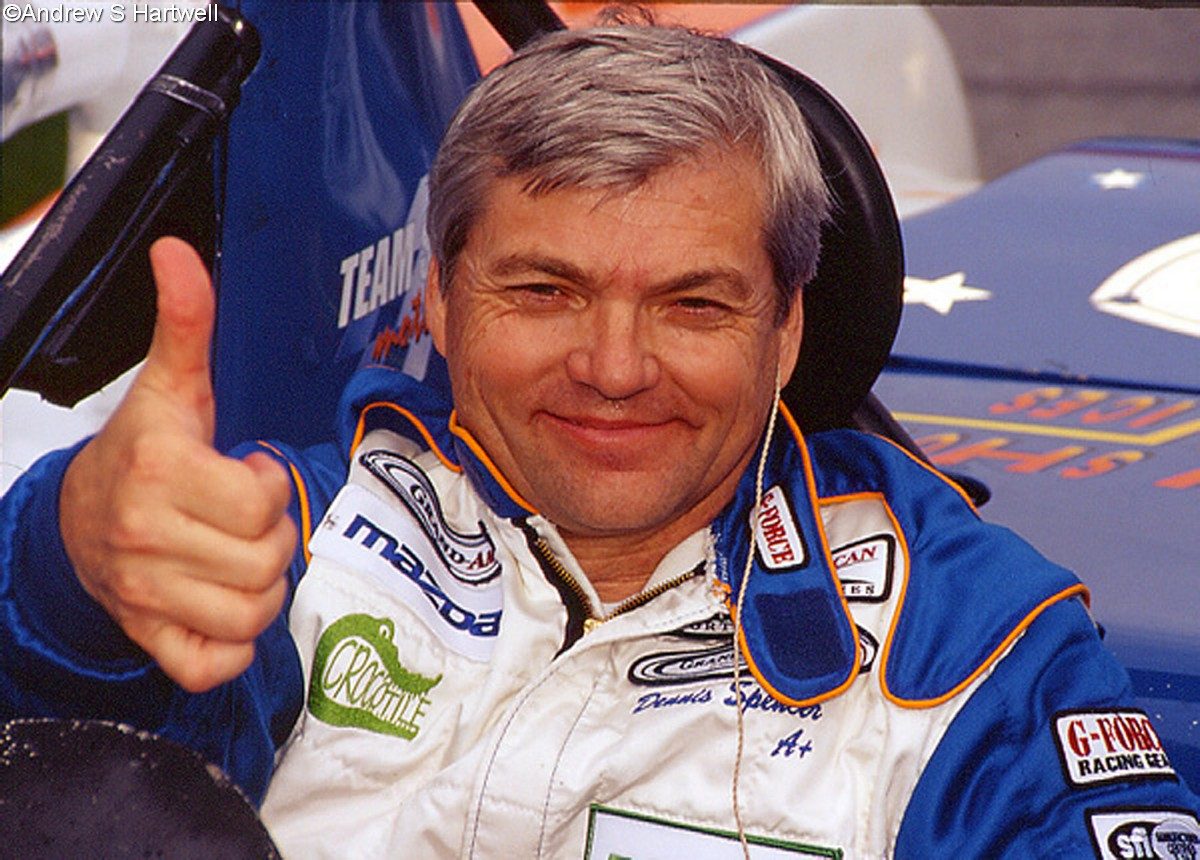
It was also during this time that I found a great friend in Dennis Spencer. He and I would spend a lot of time talking in the paddock about almost anything. He was a great man who seemed – to me, anyway – to have no sense of what fear can do to a mind. He was smart, intelligent, brave and a man with a big heart. His sense of humor and his ability to mentor others were remarkable traits that I admired greatly. When he passed the sport lost a magnificent competitor and I lost a good friend.
Dissipating brain cells have led to gaps in memory over all that I enjoyed about the sport. In no particular order I do remember covering the NASAMAX team at Sebring; doing the race reports and press releases for Stevenson Motorsports for a little over seven years; covering the Red Bull Racing team at Daytona and, I think, Sebring; Meeting and reporting on George Robinson’s 74 Ranch team when Jack Baldwin had the lead driving role; Sharing hotel rooms and rides with Janos Wimpffen and later, Lyndon Fox; Sharing space at a private home in Sebring with several fellow enthusiasts; Having a hotel or two on the beach at Daytona; Staying in less than stellar accommodations for Sebring; Flight delays; Losing my dailysportscar jacket at the airport; Staring down a pig/boar late at night on the way back to Sebring; Dropping my camera bag into the only puddle within 50 feet of me at Watkins Glen.
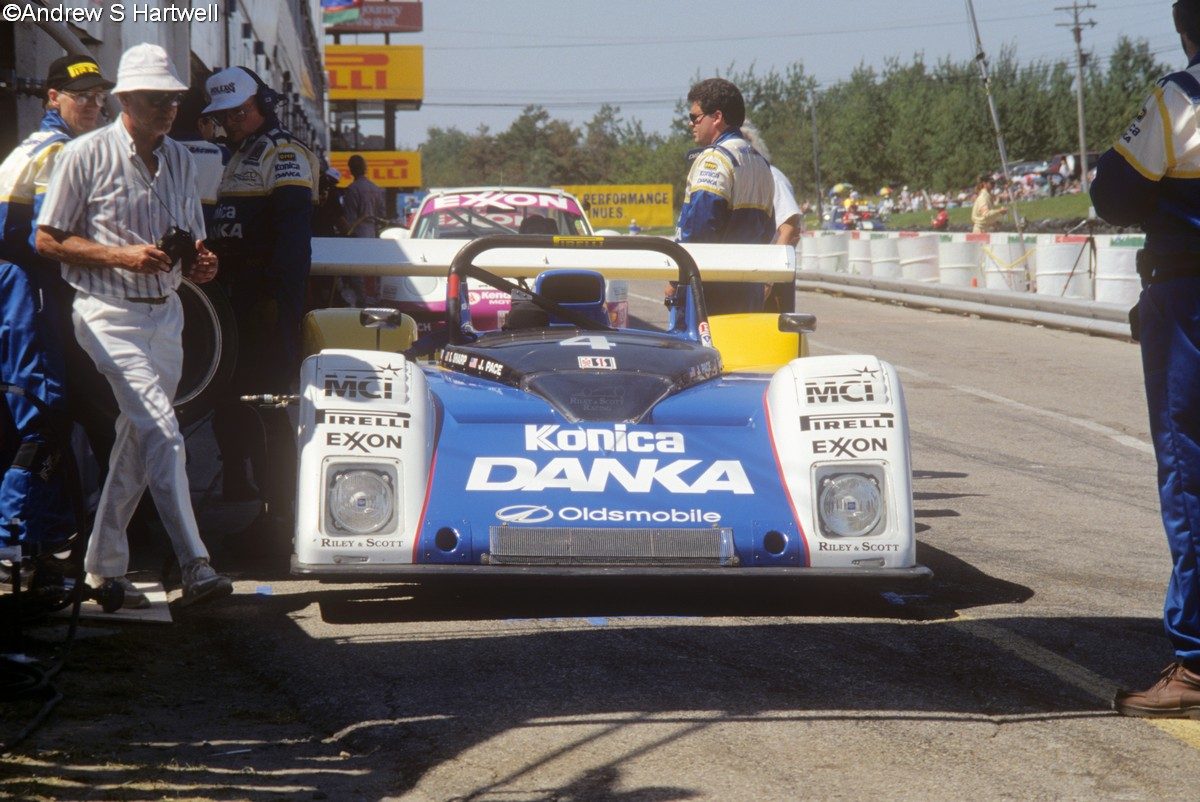
Yes, it’s been a fun ride and I feel so very fortunate to have been there during what many folks consider a golden age of sports car racing. Today, I find myself more attracted to Vintage Racing and seeing some of the cars of the past – both recent and ancient – doing what they were built to do.
Yes, 1995 was a seminal year for this journalist/photographer. But, I wonder if you can guess what my interests today include outside of racing? Can you say, “Batter up!”?
Andrew S. Hartwell February 2019

